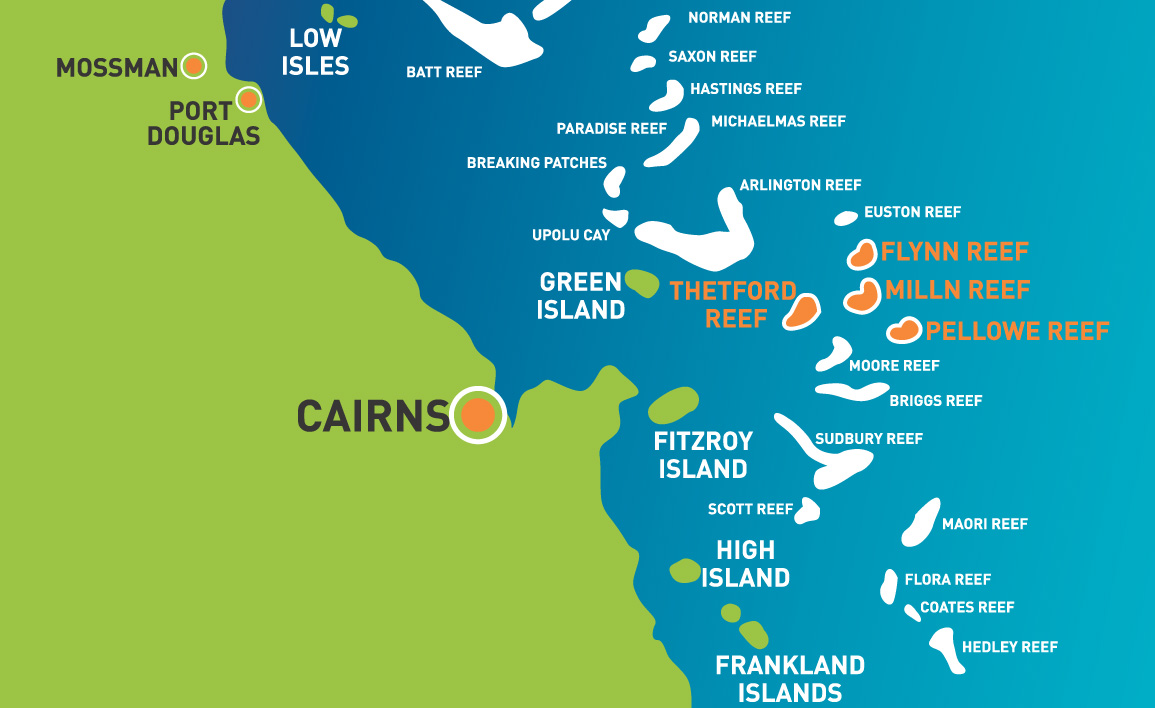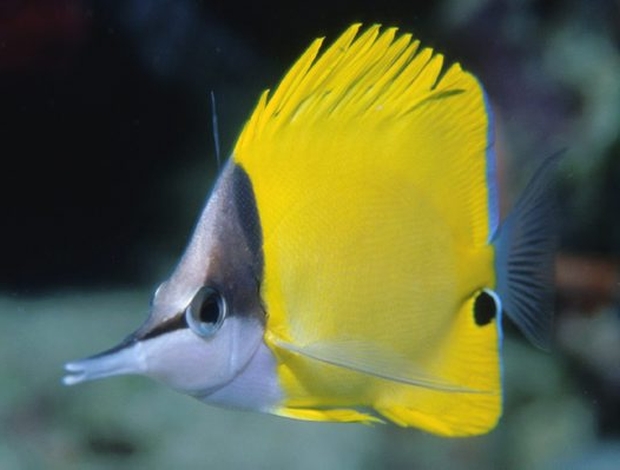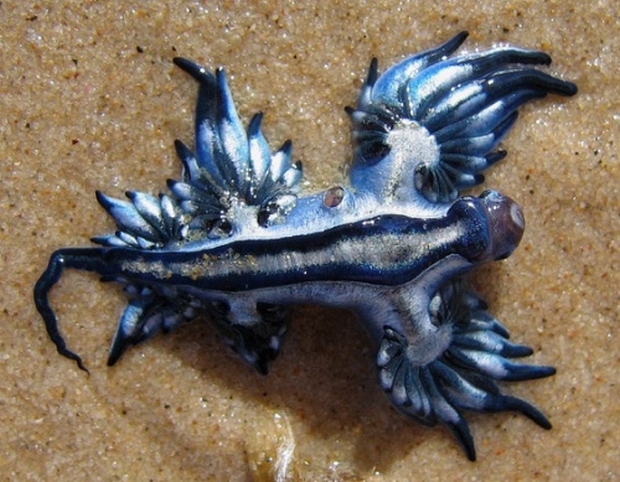The largest living structure on Earth, the Great Barrier Reef is a fascinating underwater kingdom, home to thousands of species of coral, fish and other marine creatures. In 1768, the English explorer James Cook embarked on his first voyage to the Pacific in HMS Endeavour, a sturdy coal-hauling barque. He was taking a party of astronomers on a scientific expedition to Tahiti to observe the transit of Venus across the Sun.
Cook also had instructions to search for the great southern continent, or Terra Australis, which scientists believed existed to balance the landmass of the Northern Hemisphere. Sailing south-west from Tahiti, Cook first came upon New Zealand, which he spent six months charting. Continuing westwards, Cook then sighted the south-east coast of Australia, landing in April 1770 at Botany Bay – which he and the naturalist Joseph Banks (who was also on board) named after the fascinating new flora they found on its shores. Turning north, he stayed close to the coast to map it accurately, but found himself in the shallow lagoon waters that separate all coral reefs from the shore – here between 10 and 100 miles (16 and 160km) wide. Despite his precautions, cook’s ship was soon stuck fast on the coral. He beached the Endeavour, and in the two months it took to repair it, Cook had ample time to study the marvels of the Great Barrier Reef.

Since Cook’s days, generations of explorers, scientists and tourists have catalogued the reef and its wonders. It extends for more than 1440 miles (2300km) parallel to Australia’s north-eastern coastline, meandering back and forth as it follows the contours of the continental shelf. Despite its name, the reef is composed of some 2900 individual interlocking coral reefs and islets, all at different stages of development and separated by narrow, winding channels. In some places, as off Cape Melville in the north, the reef is a thin ribbon of coral, while near Cape Manifold in the south rafts can be 200 miles (320km) wide.
Recently researchers from the University of Queensland and James Cook University in Australia teamed up with German company EOMAP to use satellites to capture a highly accurate rendering of the entire reef – half of which had never been mapped before. This is the world’s first 3D map of the Great Barrier Reef and it will help companies and researchers in a variety of fields to make ‘big picture’ assessments of the Great Barrier Reef.
Corals were originally classified as plants. Their exquisite colours and patterns prompted the comparison of the reef to a garden, in which the corals were flowers. And, indeed, as the tentacles of coral drift back and forth in the warm clear waters, or open out like flowers as they prepare to take in prey, it is easy to visualize the whole reef as a vast, brightly coloured plantation. But the analogy is false: coral polyps, whose chalky external skeletons comprise the solid substance of a coral reef, are invertebrate animals related to sea anemones. Unlike anemones, however, the soft, many-headed body of a coral polyp has a hard casing, which it creates in much the same way as a snail builds its shell. So each coral outcrop consists of a base of the accumulated skeletons of countless generations of dead corals with a surface coating of live coral polyps, which emerge through slits or holes in their shelves to catch their food.
To build up reefs, corals depend on single-celled algae that live attached to their bodies in a mutually beneficial relationship. The algae are protected by the coral and take nutrient from some of its body fluids; and because algae are plants, they are able to utilize sunlight to produce food, some of which the corals absorb. More important, they enable corals to convert the calcium salts in sea water into calcium carbonate to form their skeletons. Without the algae, coral polyps would be simply sea anemones living in colonies, and coral reefs would not exist.
Reefs are formed only when conditions are exactly right. Shallow, clear water that allows penetration of sunlight is essential: there are no living reefs in waters deeper than 490ft (150m). The water must be clean, since any sediment prevents the coral’s tentacles trapping the food it needs, and the temperature must be warm – not less than 70°F (21°C) all year round. Lastly, coral skeletons have to anchor themselves to something solid, so a rocky sea floor is necessary. Corals colonize anywhere that these conditions are met, and as a result, many of these islands lining the Australian coast have their own fringes of coral.
There are at least 350 different coral species on the reef ad they vary enormously in shape, size and colour. Some are microscopic, others (including the brain coral, whose rounded form and surface grooves bear a resemblance to a human brain) can grow as wide as 6½ ft (2m). On the reef’s outer fringes there are rubbery species able to withstand the pounding of the surf, while delicate, lace-like varieties must shelter in the stillest waters. There are fan and domed-shaped corals, whips and antlers, flowers and miniature trees. Just as the waters that shelter them range from white, through azure, to indigo, so the corals themselves range from pale pink to deep rose, vibrant yellow, blue and brilliant green.
In the reef’s fiercely competitive environment, a place in the sun is important, and different species have developed their own ways of ensuring they get the light they need. Some simply outgrow their competitors: many of the staghorn (Acropara) species, for example, can expand by up to 4 sq. in (26cm) a year. Others can change shape according to the depth of water in which they are anchored, growing flat in deep waters where light is scarce and into tall ‘fingers’ where the sun penetrates strongly.
Many of the fish have had to become highly specialized in order to cope with the demands of life on the reef. The forceps butterfly fish, for example, has developed a long tube-like snout to enable it to probe fissures for food. The blue-striped cleaner wrasse keeps other species healthy by eating the parasites attached to them. The afflicted fish puts aside any predatory instincts and remains trance-like, with mouth and gills open, while the busy wrasse extracts the parasites, even from the inside of its mouth. The blenny, however, has adapted to look and behave just like a wrasse; but instead of removing parasites from another fish, the blenny takes a bite out of the fish itself.

The reef’s varying depths, degrees of clarity and calm, temperatures and types of food mean that thousands of life forms can find the exact conditions they need. It is estimated that around 1500 species of fish and shellfish, in addition to anemones, worms, sponges and birds, make their homes in and around the Great Barrier Reef; the coral itself constitutes only ten per cent of the reef’s life. The invertebrate sea cucumber plays an essential role in protecting the reef’s structure, for the microscopic fragments of shell and sand which it secretes sink to the ocean bed, plastering any cracks in the coral formulations.
Some fish on the reef draw attention to themselves with their gaudy colours, probably because the advantages of being seen by a potential mate outweigh the dangers posed by predators. Others possess an extraordinarily high degree of camouflage: scorpion fish, for example, are draped in long flaps of skin to resemble rocks covered in algae. Until they see their prey, they hang motionless, then move with astonishing speed. Groupers are able instantly to change colour and pattern to blend with their surroundings. They also have highly adapted mouths and jaws which open so wide they can suck prey straight into the gullet.

The sea slug, with its horns and leaf-like skin, makes its way over the bright-red coral in search of seaweed to eat. This slug has no need of camouflage because, when attacked, it secretes noxious fluids from glands on its body.

The coral reef habitat is finely balanced and is easily upset by change. Since the 1960s, the Great Barrier Reef has been threatened several times by the expansion of the population of crown-of-thorns starfish, one of the few animals that feed on living coral tissue. Other threats include cyclones, increased tourism and tourism-related developments, commercial fishing and the decline in water quality due to increased sediment and chemical runoff from farming. Coral bleaching, whereby the coral loses its colour, is another major problem – caused primarily by a rise in sea temperature and related to global warming.
The spectacular marine life and stunning surroundings makes the Great Barrier Reef one of the greatest natural wonders of the world. It is also one of the youngest: the current structure grew on top of an older platform about 18,000 years ago – relatively recently in evolutionary terms. The fabulous diversity of life that has evolved in so short a time testifies to the idyllic environment existing for those creatures that have succeeded in adapting to conditions in the crystal-clear waters.
In 1975 Australia designated a marine park now covering 135,000 sq. miles (348,000km) of the Great Barrier Reef, including One Tree Island, and banned all development there. Although diving is permitted, there are strict rules to prevent souvenir hunting and disturbance of this unique environment.



































